Last weekend, I found this quote from an article in The Washington Post while searching for the causes of climate change.
“The carbon footprint of U.S. food waste is greater than that of the airline industry. Globally, wasted food accounts for about 8 percent of all greenhouse gas emissions. The environmental consequences of producing food that no one eats are massive.”
The struggle to fight climate change is challenging, especially for a hotelier who depends on visitors from faraway places. Emissions from the airline industry are an important contributor to climate change, but with my passion for travel (borderline addiction), finding ways to reduce emissions from air travel can be frustrating. In one of my next blogs, I will take on this topic in more detail.
Today, let’s talk about food waste.
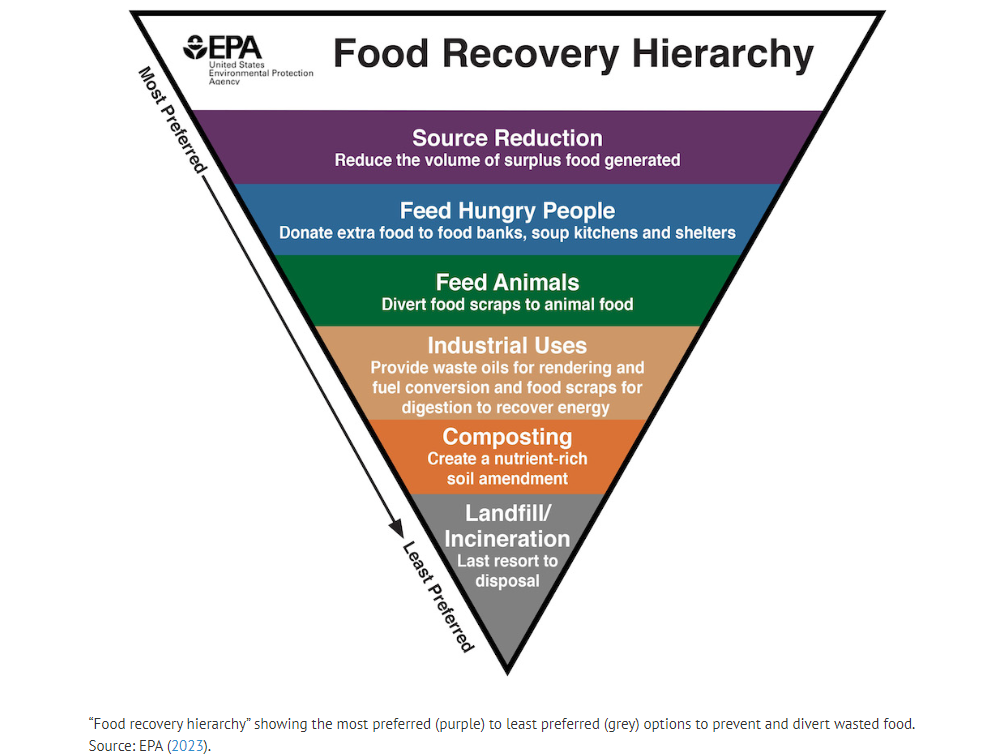
Did you know that one-third of all the food produced in the world goes to waste? That is about 1.3 billion tons of fruits, vegetables, meat, dairy, seafood, and grains that never leave the farm, get spoiled during distribution, or are thrown away by consumers. When we waste food, we waste energy and water that is used in production and distribution as well. If food is thrown away and rots, it produces methane which is a powerful greenhouse gas.
What is the difference between Food Wastage and Food Loss? Food loss is food that never makes it to the consumer. It could occur anytime during the production process or supply chain to reach stores. Food wastage refers to food that is perfectly fit for consumption but is thrown away for different reasons.
- Growing food that goes to waste uses up to 21% of freshwater, 19% of our fertilizers, 18% of our cropland, and 21% of our landfill volume.
- Throwing away a kilogram of beef is equivalent to throwing away 50,000 liters of water. Pouring a glass of milk down the sink is nearly 1,000 liters of water wasted.
- Additionally, taking into account global food transportation, large amounts of oil, diesel and other fossil fuels are consumed as well.
Source: The Natural Resources Defense Council (NRDC)
What can we do on an individual basis to reduce food waste? The web is full of tips. Here is a link to a page that I found helpful.
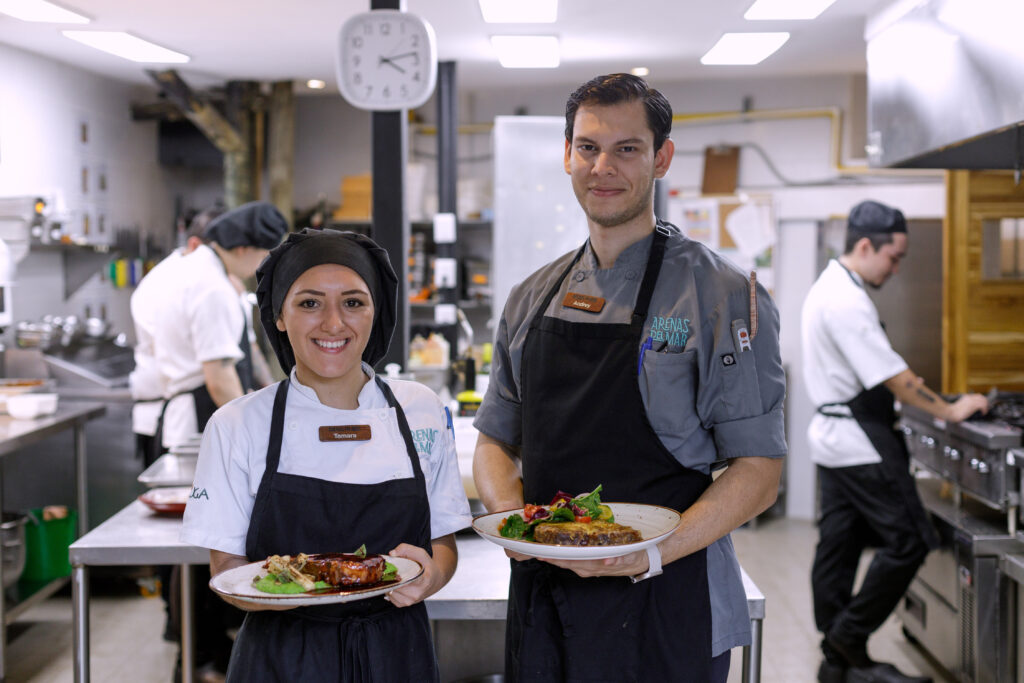
And here are some best practices that we have developed at the Cayuga Collection. We know we can always do better, but we have stepped up our efforts to avoid food waste significantly during the past years.
No Buffets and Reducing Servings
Buffet-style dining is popular due to the “value” perception it creates for many diners; however, it is terrible for the environment as nearly half of the food served at buffets is wasted. At Cayuga, we do not serve buffets at any of our hotels.
We reduced our serving size of at the a-la-carte restaurants to avoid food waste. We measure guest feedback value for price paid carefully and over 90% of our guests say that their dining experience at our hotels exceeded or highly exceeded their expectations.
We significantly reduced the amount of food that we serve in complimentary bread baskets or fruit plates as we have indicated this as one of the biggest sources of waste.
About 350 employees dine at our staff cafeterias every day – often for multiple meals. We reduced portion sizes for our staff, but of course, if somebody is still hungry, they are welcome to serve themselves seconds.
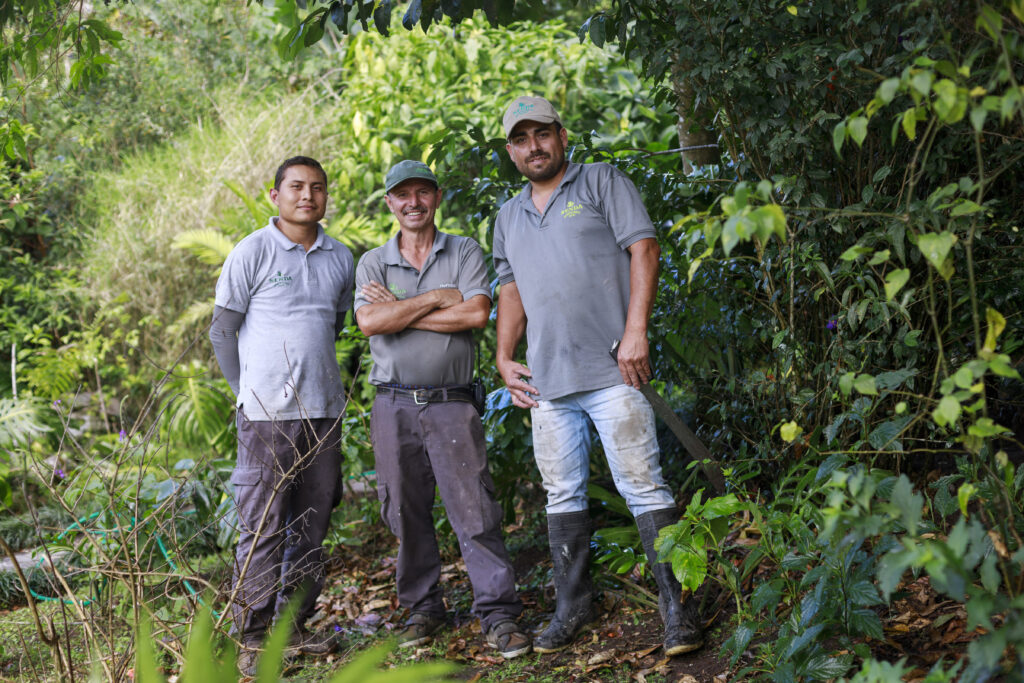
Efficiency – Organization – Training
A well-organized and efficient organization produces less waste. This starts in purchasing and storage and carries on into production. It comes down to order and discipline in many cases. Food waste in our restaurants has been reduced by becoming more organized, creating awareness about the impact of food waste on climate change, and skills training. A lean operation is a more sustainable one. Proper planning, forecasting, prepping, and storing are crucial in reducing food waste. Well-maintained cooling and freezing equipment reduces spoilage.
And as with many other things, what does not get measured, cannot be improved. We weigh our food waste every month and update the information in Weeva.
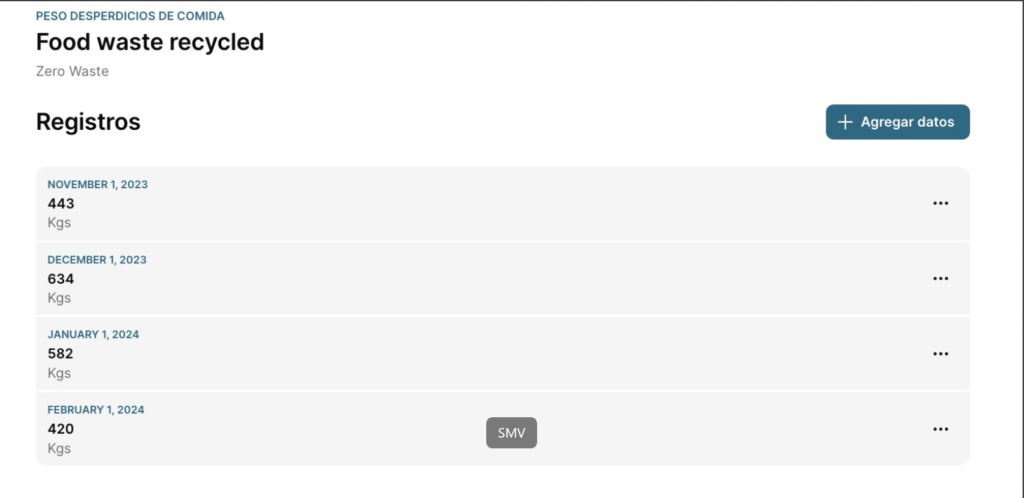
Leftovers
It is somewhat normal to have waste during a production process. The idea is to see how we can “refuse – reduce – reuse – recycle” ingredients during this process.
The traditional way of cooking tries to utilize almost all parts of the ingredients. Protein and vegetable scraps are used to make stocks for example.
Adequate use of leftovers is not only good for the environment and reduces climate change, it is also good for the hotel’s bottom line. By avoiding waste and reusing ingredients, we can improve our food cost and rentability.
During a recent innovation contest at one of our hotels, the kitchen team proposed to make jams from the peels of watermelons and pineapple that are then served for breakfast in the restaurant and sold in the gift shop.
Ingredients that might not be 100% suitable to be served in our restaurants are reutilized at our employee cafeterias.
Finally, what comes back from guests’ plates is collected, weighed, and then distributed to employees or neighbors who raise pigs. Nothing goes to the landfill.
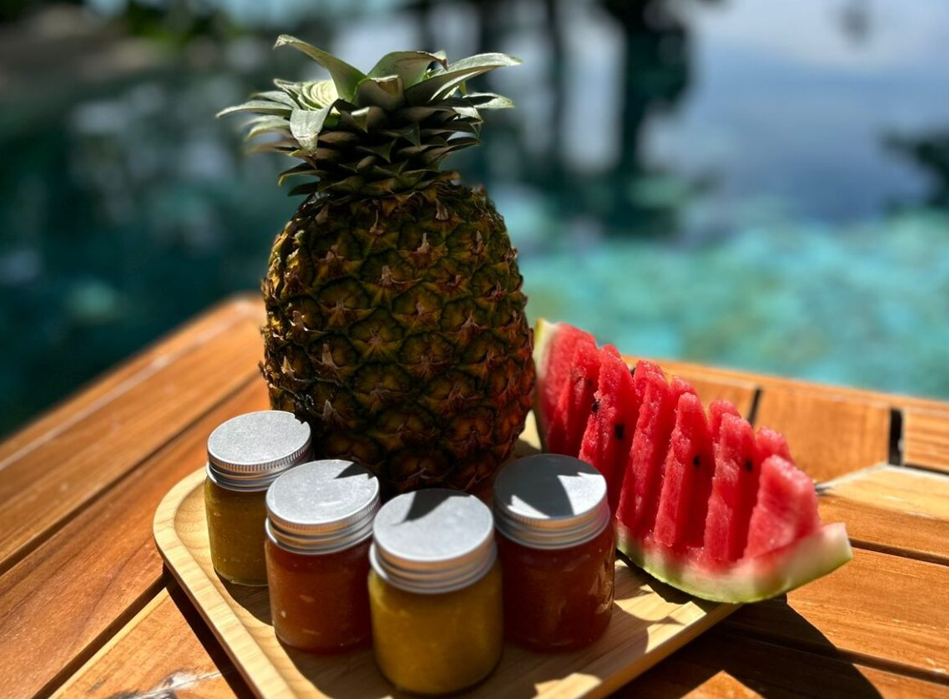
Oh, and one more thing. I’ve seen that it is considered polite to leave some uneaten food on the plate in some cultures. But having been raised by grandparents who have lived through two World Wars, I just can’t leave food on the plate. Every little thing makes a difference, right?
Let me know how you have managed to reduce food waste at home or at work. I would love to hear more best practices and take them to our hotels. Send me a note to Hans Pfister hans@cayugaonline.com.

